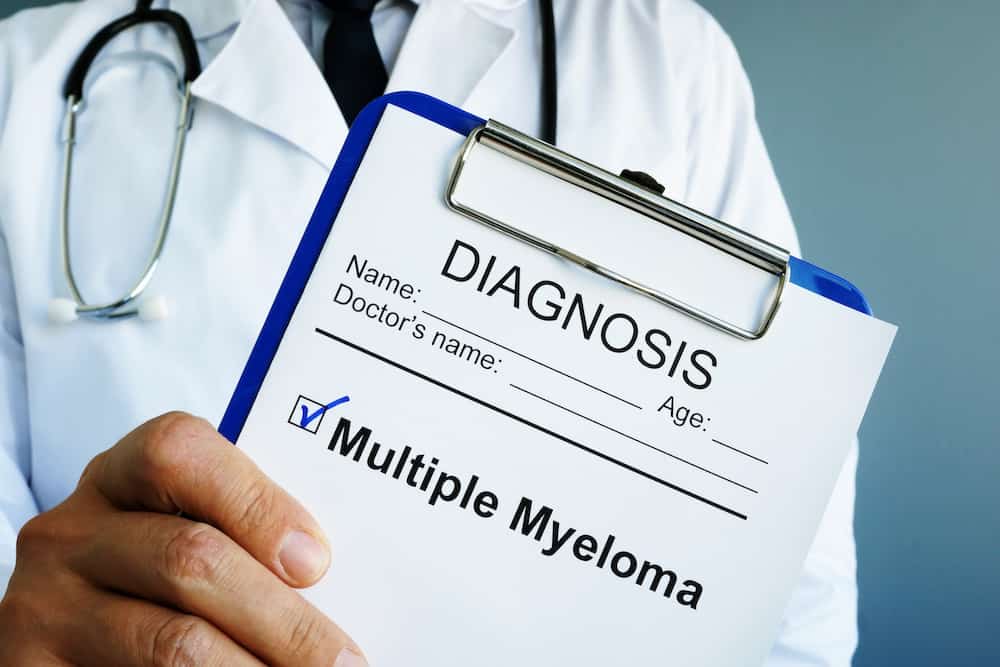Diagnosis and tests

The diagnosis of multiple myeloma is very complex and combines different findings and tests:
- An assessment of monoclonal protein levels in the blood and the urine
- Magnetic resonance imaging
- Standard metaphase cytogenetics
- A biopsy or aspiration of the bone marrow
- Levels of lactate dehydrogenase, albumin, and beta-2 microglobulin
- Skeletal survey for pathologic fractures and other lesions
- Fluorescent in-situ hybridization
After performing all of these tests, or at least those appropriate for the patient, we need to join the results in two groups of diagnostic criteria and then join them in different combinations to determine whether or not the patient is to be diagnosed with multiple myeloma. It is a complex disease and a convoluted diagnosis, but it is easier for patients to understand the diagnostic tests and why are they used in each case:
- Blood studies: In many cases, the first sign of multiple myeloma comes from a blood test performed as a screening method or to rule out another disease. The patient usually has a reduction of one or more cell lines (anemia, leukopenia, or thrombocytopenia). In some cases, all cell lines are affected (pancytopenia). Protein levels in the blood are usually reduced, and uric acid can be increased. It is also recommended to use more advanced methods known as cell fluorescence in situ hybridization and serum-free light chain assay. They are useful to detect particular abnormalities found in multiple myeloma.
- Urine studies: Doctors usually ask for a 24-hour urine collection to measure creatinine clearance and other proteins in the urine. This is a reliable way to assess kidney function in this patient and define how bad is renal involvement in the disease. Another study that helps to detect kidney involvement is beta-2 microglobulin in the blood. Electrophoresis and immunofixation can also help doctors detect the type of proteins found in the urine.
- Radiography and other imaging studies: It is always a useful tool to rule out bone lesions and detect pathological fractures. In these patients, a complete skeletal series is recommended with an emphasis on the upper extremities. MRI can also be used to detect spinal cord compression and other spinal abnormalities.
- Bone marrow aspiration and biopsy: They are essential to detect the number of plasma cells in the bone marrow and their proliferation levels. They run histological and cytogenetic analyses to evaluate the morphologic and genetic differences in the bone marrow.
